Navigation
CYLINDERS TANKS
Using the correct scuba diving cylinder is just as important to a diver's success and safety as how they configure their gear. A diver may go to an enormous effort to insure every hose, reel and accessory is exactly right only to 'drop the ball' by making the wrong cylinder choice.
The Scuba Doctor dive shop brings you scuba cylinders from the leading cylinder manufacturers in the world — Faber and Catalina — so you can not only get it done, but can get it done right.
No cylinder is perfect for every diver, or every diving situation. The Scuba Doctor offers the most complete selection of cylinders in the industry, allowing you to choose what is best for your unique needs.
All cylinders from The Scuba Doctor are suitable for nitrox service (i.e. up to 40% oxygen), visually inspected and shipped with a current hydrostatic date (except where indicated).
Australian Standards
In Australia, scuba Tanks must be tested every year (12 months). We always ship cylinders with a current hydro test date. Due to manufacturing and import cycles, the popular sizes of cylinders typically have a factory hydro date less than 12 months old. However less popular sizes of cylinders may have a factory hydro date up to 24 months old as these are manufactured and imported less frequently.
As per the Australian Standards, the cylinders and valves we sell are for Imperial 0.750-14 NPSM (3/4 NPS) neck threads, NOT Metric M25 neck threads, and the valves have overpressure relief devices (burst discs). (Cylinders with Metric M25 neck threads do not comply with Australian Standards.)
The Faber steel cylinders have ISO 9809-1 markings. The Catalina aluminium cylinders have DOT-3AL2957 markings. All of these cyliners comply with Australian Standrads and are suitable for use in Australia. They may, or may not, meet the standards applicable in other coutries.
Choosing Your Scuba Cylinder/Tank
Scuba diving cylinders (USA: tanks, UK: bottles) are awkward and heavy, and if you fall down with one on you'll be lying on your back flailing your arms and legs in the air like a turtle flipped on it's shell.
Without scuba cylinders you can never be like that same turtle 'flying' gracefully through the water, experiencing a world that almost defies explanation.
Like all scuba gear, choosing a scuba diving cylinder/tank/bottle takes more thought and planning than just walking into a dive shop and grabbing the first thing you see.
There are a few different kinds of cylinders, each with their own pros and cons. Plus, not all diving cylinders can be used for all types of diving. The video below may help you to chose which dive cylinder is best for your needs.
Types of Scuba Diving Cylinders
Steel Scuba Cylinders
Steel scuba cylinders have been around since the start of scuba diving, while aluminium diving cylinders came into use in the 1970s. Steel scuba cylinders are typically more expensive than the same capacity aluminium cylinders.
A steel diving cylinder is a lot tougher than an aluminium one, making it less likely to pit or dent. If properly cared for it will last longer than an aluminium cylinder. However, steel rusts with exposure to moisture and thus needs more careful care.
Because steel is stronger it can be handle higher pressures with a thinner wall thickness, making a steel cylinder smaller and lighter than an aluminium one of similar capacity.
Also If you want to use higher pressures (e.g. 300 bar), you will need to use a DIN valve which may make it hard to get refills depending on where you're diving.
Most technical divers use steel scuba cylinders, but they can be a good cylinder for regular recreational scuba diving too. The most common size is a 232 bar, standard 12.2 litre steel cylinder, but many women and those who use less air often prefer a lighter and smaller 10.5 litre cylinder.
Steel cylinders are more negatively buoyant than equivalent aluminium cylinders and only become less negatively buoyant as they are emptied. Thus they are popular in cold/temperate water areas where thick wetsuits and drysuits are used, because a steel cylinder means you can carry less weight on your weight belt.
Aluminium Scuba Cylinders
Aluminium scuba cylinders came into use in the 1970s and are the most common scuba cylinders you'll find in tropical waters for recreational diving. Many dive shop, boat and resort operations use them worldwide.
The most common size used for diving is the aluminium 80 cubic foot (11.1 litre), but they can be smaller or larger depending on what they're meant to be used for.
For example, a bail out or pony bottle is much smaller than a standard size aluminium 80.
Aluminium cylinders being made of a softer, lighter material have thicker walls, making them larger and heavier than steel cylinders of the same capacity. Aluminium cylinders are relatively inexpensive and thus a good choice for most recreational scuba divers.
One downside of the aluminium scuba diving cylinders is that most go from being negatively buoyant to positively buoyant as they empty during the dive, so most divers wear a few extra kilograms (or pounds) of weight to compensate for this. There are a few models of aluminium cylinders that are built specifically to eliminate this problem, but like everything else, the more features it has, the more expensive it is.
Typically aluminium cylinders are certified for use at a working pressure of 200 to 210 bar. But some newer ones are available rated to nearly 230 bar. Again, these cylinders are more expensive and heavier.
Things To Consider When Buying Scuba Diving Cylinders
Here are a few other things to consider before buying.
- Length/height of the cylinder. Is it so long it bumps your butt and the back of your head at the same time?
- Weight of the cylinder. Is it too heavy for you to handle comfortably?
- Type of diving. Do you technical dive or not?
- If it's steel, is it a low pressure (LP) steel cylinder (e.g. 232 bar), or a high pressure (HP) one (e.g. 300 bar)?
- Does it have a DIN valve, or more common A-clamp/Yoke valve, or a valve that can be converted from DIN to Yoke using an insert?
- If it's a used cylinder, when was it last visually inspected or hydro tested?
Our Recommendations
When purchasing scuba cylinders, the long-term advantages of steel's excellent buoyancy characteristics and long life make it the best choice for most divers, but especially those in cold and temperate waters. Choose a 232 bar steel tank size that meets your needs when it is under filled, putting an end to short fill concerns. For most divers this will be a 12.2 litre (100 cubic foot) cylinder, but some may prefer the smaller 10.5 litre (85 cubic foot) cylinder.
If your budget is tight, then aluminium cylinders initially costs significantly less. If going with an aluminium cylinder, avoid paints, and choose the brushed finish.
For both steel and aluminium cylinders you should choose a convertible valve having a DIN outlet with K (yoke) insert, often described as a 'DIN/K' valve. (That's why we provide this as our standard offering.).
Remember, the standard 207 bar aluminium 11.1 litre (80 cubic foot) capacity cylinder with a K valve is not a "one-size-fits-all" tank. Making the right cylinder choice can significantly improve your diving enjoyment. Please use this list as a guide when reviewing scuba diving cylinders and you should be able to find the right cylinder/tank to last you for years of diving.
For more help buying the best diving cylinder (Tank / Bottle) for you, please see our Buying a Scuba Cylinder guide.
The Scuba Doctor dive shop is your best source for scuba diving cylinders.
Cylinder Testing
Cylinder Testing
Article by Peter Fear, The Scuba Doctor,
first published in Dive Log, December 2005.
Scuba Cylinders are high pressure vessels and as such should be handled carefully. They should be washed after use and the valves serviced every twelve months the same as your other valuable gear.
In Australia all scuba cylinders are required to be hydrostatically tested every twelve months.
This is carried out in accordance with Australian Standard 2030.1 by a Certified Test Station.
The cylinder is then stamped around the neck area indicating the month and year it was tested along with the test station number.
Aluminium cylinders manufactured from 6351 aluminium are required to have an ultrasonic or eddy current neck test every two years to inspect for neck cracks that may have developed over time relating to that grade of aluminium. This is indicated with E stamped as part of the test stamp. It is sometimes called a "Visual Plus" test after the instrument used to conduct the test.
Aluminium 6351-T6 alloy cylinders will not be tested. We consider them to be unsafe. For an explanation as to why, please see SafeWork NSW Safety Alert, Gas Cylinders Manufactured From Aluminium Alloy 6351-T6, 25/10/2016.
If the cylinder does not have a current test stamp, it will not, and should not, be filled.
The cylinder is in test for twelve months from the date of the test stamp.
[ Top ]
What Actually Happens?
When your scuba cylinder undergoes a visual inspection and hydrostatic test the following will happen.
It is picked up from the Dive Shop by a cylinder test station. Most shops do not have their own test unit due to the economics involved in set-up, annual license fees, running costs, staff training along with annual inspections by Quality Assurance.
Details of the cylinder are entered on a test certificate: i.e. the cylinder number, the standard to which it was manufactured, working pressure, test pressure and the owner's details.
[ Top ]
Visual Inspection
An external inspection is carried out looking for damage or alterations that may include gouges, dents or corrosion. Special attention is paid to repainted cylinders as they may have been heat treated or had dents and gouges filled. To carry out this inspection thoroughly the cylinder boot and mesh are removed. Dents, gouges, corrosion or heat treating can all effect the integrity of this high pressure vessel and they can fail test as a result.
The cylinder is then drained and the valve removed,. If in the opinion of the operator the valve requires to be serviced it will usually be serviced at an additional cost. The neck thread and internal space is checked for corrosion, wear, pitting or rust.
Older aluminium cylinders often fail in this area as the neck thread may have corroded or worn beyond the allowed tolerance, this is an automatic failure under the standard. Aluminium cylinders can also be badly corroded internally especially if salt water has entered the cylinder.
Steel cylinders as we all know can be subject to rust, some brands more than others due to the amount of carbon used in the steel when manufactured.
It needs to be pointed out that rust in steel cylinders is usually a result of carelessness by its user or your fill station. If your cylinder has been filled with moist air from a station that has not been maintaining its filters or compressor adequately rust will occur, oil may also be found if this is the case.
Cylinders found to be rusty or corroded internally and are not beyond repair are brushed using various forms of wire brush attached to a long shaft driven by an electric drill. The residue is cleaned out and rumbling chips inserted into the cylinder, it is then placed on a tumbler that rotates the cylinder at about 90 to 100 rpm for up to eight hours depending on the severity of the corrosion. The cylinder is then filled with water and inverted to assist in removing the chips. It is then cleaned, dried and internally inspected.
This time consuming process removes remaining corrosion and polishes the internal cylinder wall and is an additional cost.
[ Top ]
Hydrostatic Testing
If the cylinder passes all the previous inspections it is ready to be hydrostatically tested, when it is filled with water and connected to the test panel. The cylinder is pressurised to fill pressure twice to check accuracy of the panel and remove air bubbles from the system.
The cylinder is then pressurised to its test pressure and held there for one minute. The pressure is slowly released and the expansion measured on a manometer tube. The maximum allowed expansion is the water capacity of the cylinder in kilograms divided by five.
The cylinder is disconnected from the test panel and inverted to drain after which it is dried using warm air. After a final internal inspection to ensure proper drying the neck "o"ring is replaced and the valve installed.
The cylinder is then stamped, filled, leak tested at the neck and the test certificate completed.
Failed cylinders are destroyed in accordance with the standard.
[ Top ]
How Much?
The price for a standard hydro or cylinder test varies from shop to shop and test station. It generally ranges between $25 and $55. Considering the process involved and the fact that the cylinder is returned full the value is exceptional.
Charges for ultrasonic neck inspections, rumbling and valve servicing can also vary.
[ Top ]
Helpful Hints
- Never buy a second-hand cylinder without seeking good advice first.
- Your valve may not be serviced unless you ask for it unless it is damaged, in poor condition and noticed by the station operator.
- Put your cylinder in for test at the end of the month due on your test stamp, to be tested and stamped with the next months date.
- If you have your own compressor don't neglect to have your cylinders tested annually. I recently had an old aluminium cylinder in for test that hadn't been tested for a number of years from a diver with his own compressor. The size of the neck crack in that cylinder scared the living daylights out of him and me both.
Scuba Doctor Service and Repairs is a specialised cylinder testing and scuba gear service laboratory located at 3/106 Melbourne Road, Rye VIC 3941, in the Rye Industrial Estate on the Mornington Peninsula. They are open weekends and public holidays for divers convenience. More about: Cylinder Testing







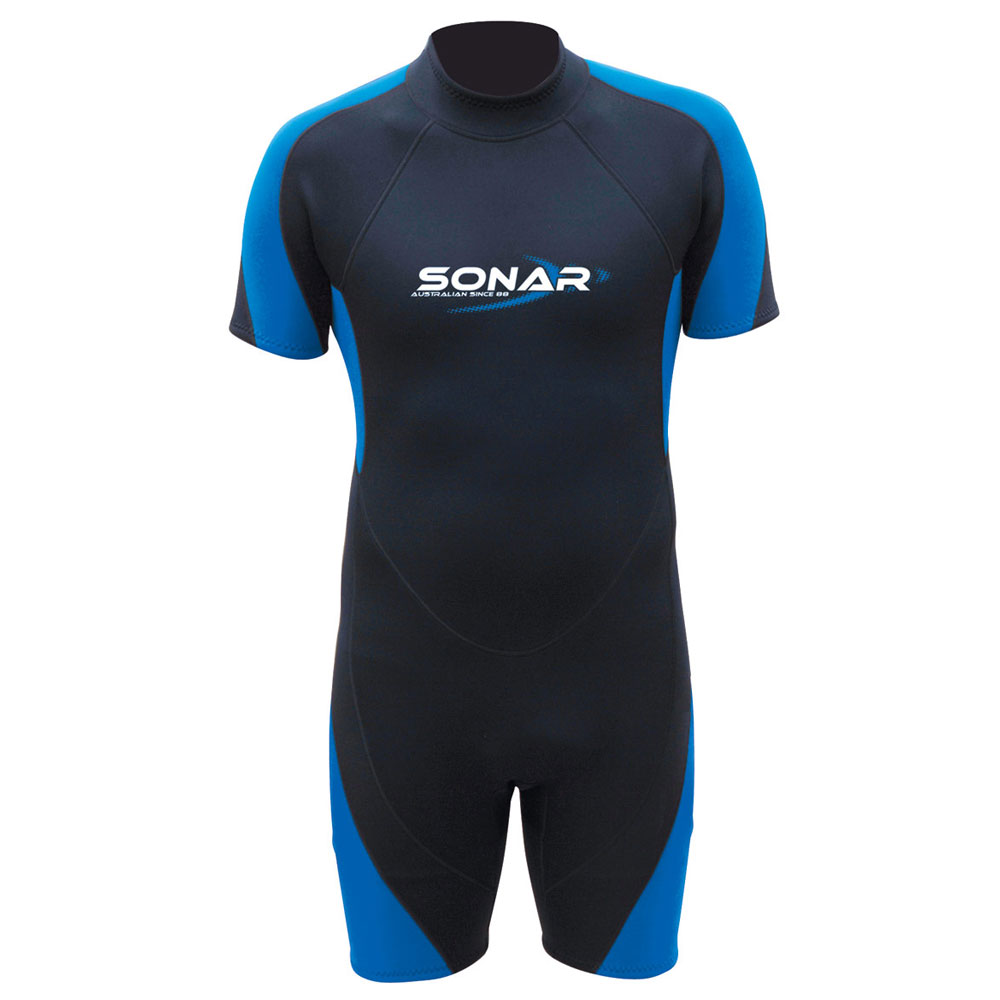
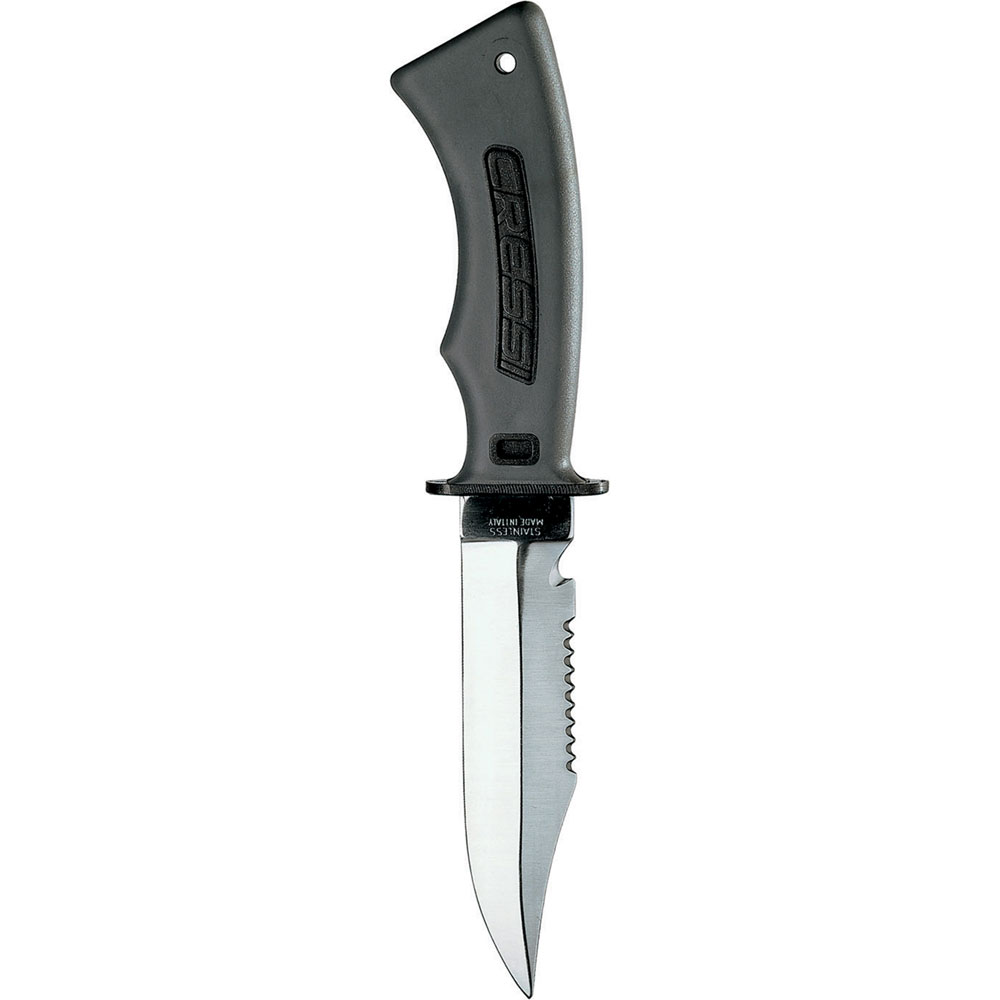
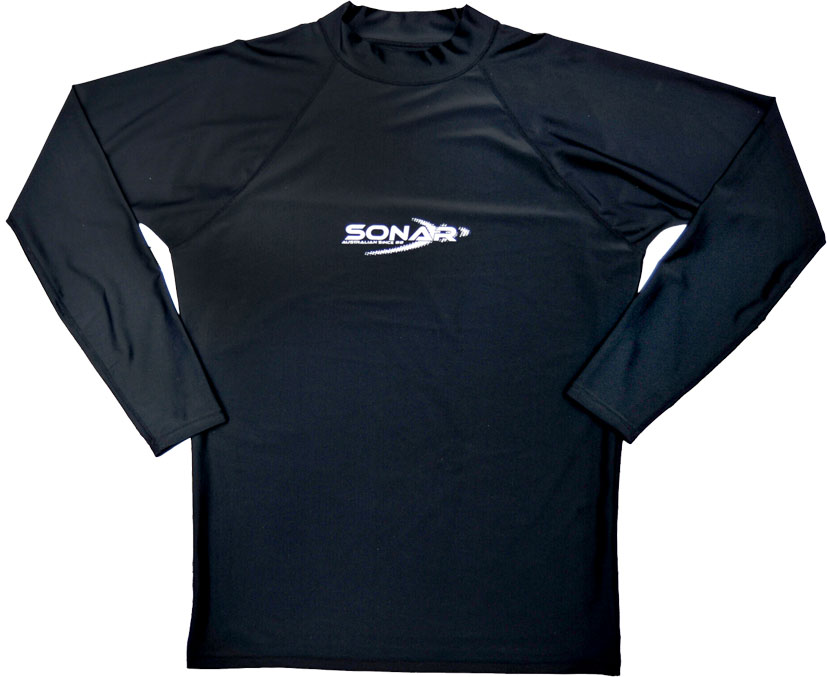
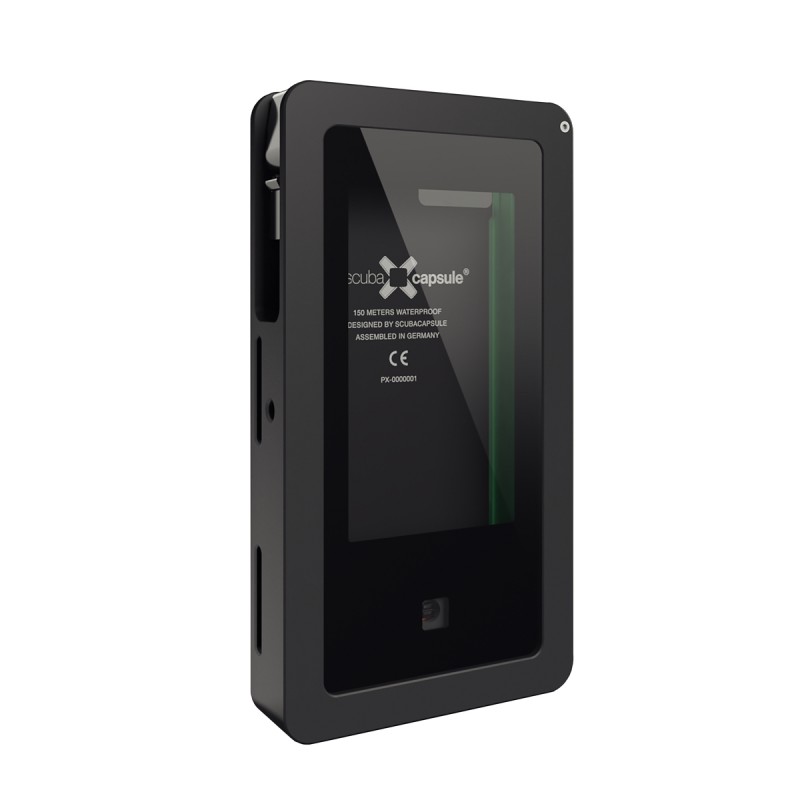





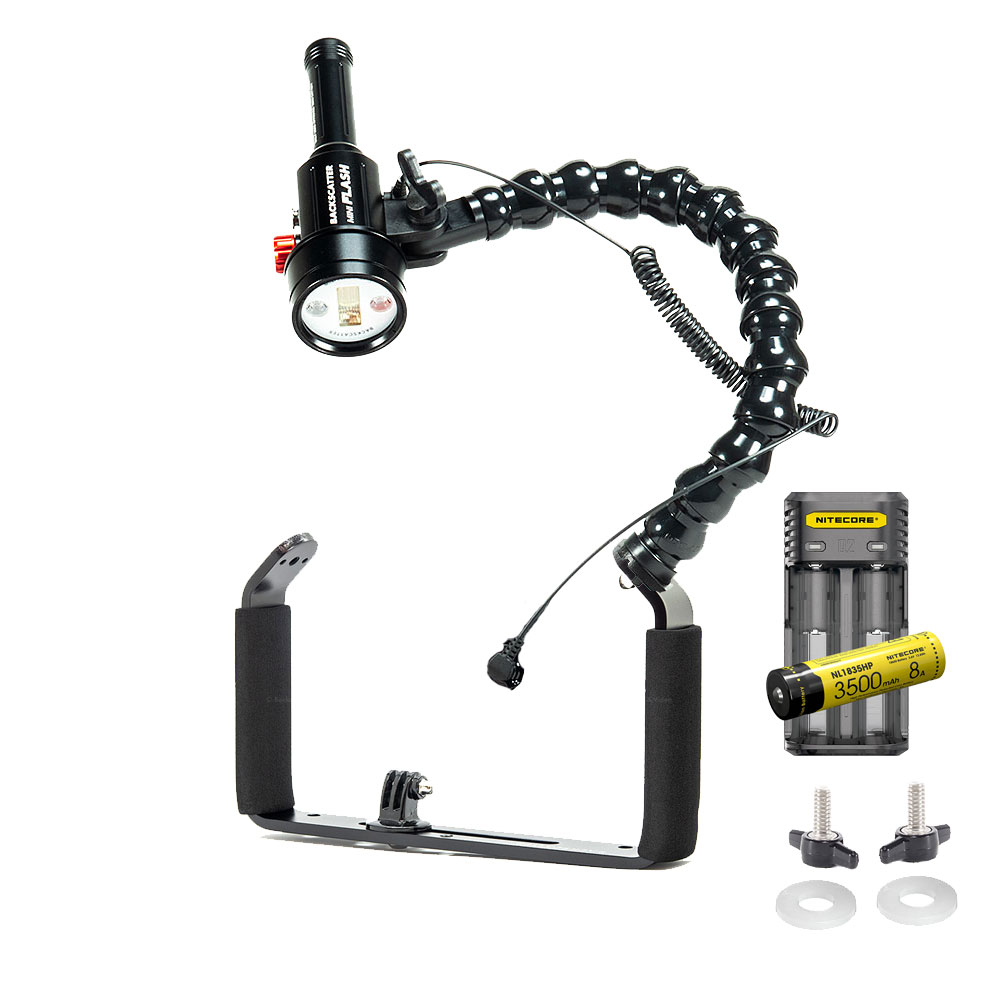
![Halcyon Infinity 30lb System [SS Small Backplate] Halcyon Infinity 30lb System [SS Small Backplate]](/diveshop/images/halcyon/Halcyon-Evolve-Wing.jpg)














































































































